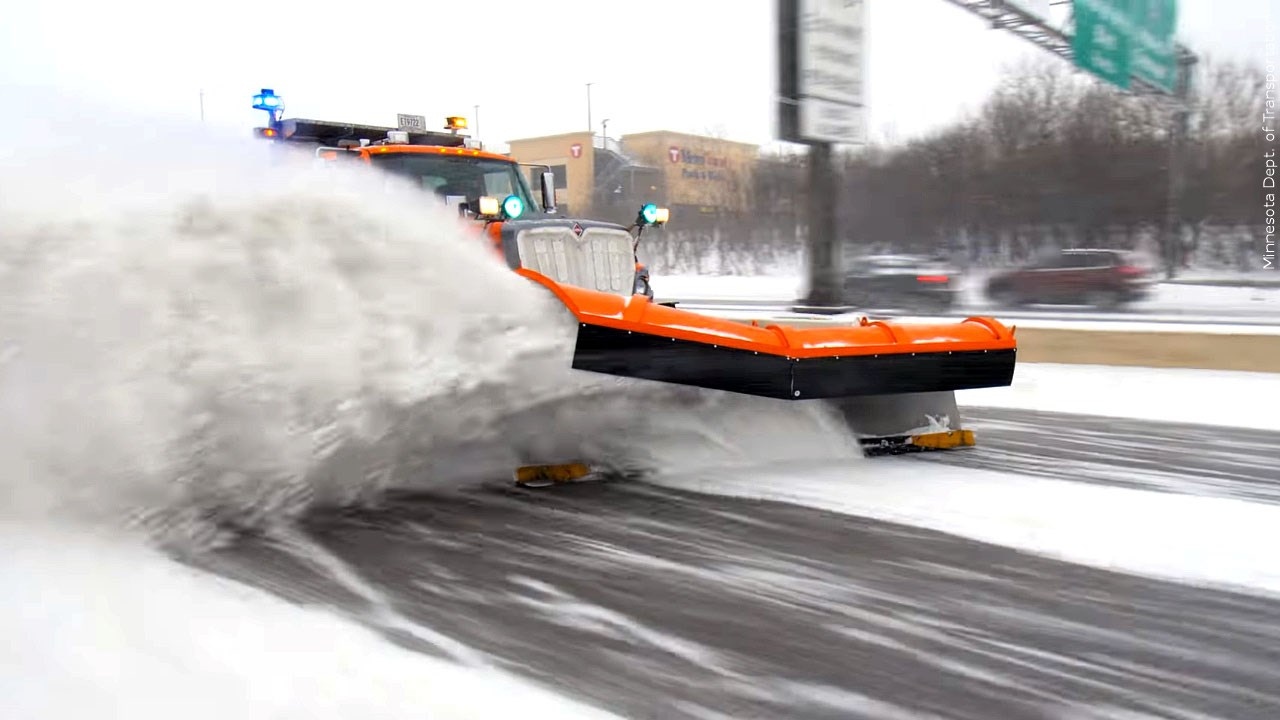MnDOT preps for another round of snowfall
[anvplayer video=”5166786″ station=”998122″]
The Minnesota Department of Transportation has 200 snow plows in the metro on standby Thursday as the area braces for another blast of snow.
“It looks like we really are going to have a lot of activity between now and the weekend,” said MnDOT spokesperson Anne Meyer. “So our crews are ready to be on the roads for as long as it takes to keep them clear.”
5 EYEWITNESS NEWS meteorologists are forecasting the Twin Cities will get three to five inches of fresh snow by Friday morning.
Meyer said preparing for a mid-March snowfall requires a different strategy.
“We’re not putting down a lot of salt right now because roads are wet and it would just dilute away, so that wouldn’t be helping us any,” Meyer said. “But we do get a little help this time of year when we deal with March snows because it’s a little warmer temperature out there, the sun angle works for us, so some of that really helps us get roads in the clear. Those factors are working in our favor.”

Credit: MGN/MnDOT
These new rounds of snow come during a winter that has seen above average snowfall in the Twin Cities.
“We get 51 inches of snow in a normal winter. We’re already approaching 80 inches of snow, so we’re almost three feet above average snowfall to date,” said 5 EYEWITNESS NEWS meteorologist Jonathan Yuhas.
Record snowfall for the Twin Cities is 98.6 inches, set back in 1984.
With extra snow on the ground by Sunday morning, Yuhas believes this will become one of the top ten snowiest winters for the Twin Cities.
He predicts by the end of the season, this winter will rank among the top five for snowfall in the Twin Cities.
“It’s also been one of the cloudiest we have seen in many, many years,” Yuhas said. “In an average winter, 40% of days are cloudy. We’ve had probably 80% of this winter cloudy, so it’s been significant.”
With the snow that starts Thursday, MnDOT said crews will be working 12-hour shifts to keep the roads clear, allowing them to have plows on the roads 24 hours per day if needed.
Meyer said they are paying close attention to ramps, bridges and overpasses, which tend to become slick as the temperatures drop overnight.